What To Do If Your Commercial Dishwasher Stops Working Suddenly
August 9, 2021
In a commercial kitchen, it can be concerning if things get quiet...too quiet. If there’s a break in the usual background noise of hums, clicks, and buzzes, it might signal a problem with the equipment in your kitchen. This is especially true for a commercial dishwasher. Since commercial dishwashers can use gallons of water for one load of dishes, they emit a constant sound from hot water moving at incredibly high speeds over the dishes, cups, and flatware. If you suddenly hear a break in that continuous noise, you may have a problem on your hands.
Here are five steps to take if your commercial dishwasher breaks in the middle of a busy lunch rush.
1. Have an alternative plan in place.
If you work in a commercial kitchen, you’re probably accustomed to executing Plan B on a regular basis. Produce deliveries may not arrive, new specials could be added to the menu, or an employee may need to leave suddenly to take care of a sick child. If you manage a commercial kitchen, you also need to have an alternate plan for equipment breakdown. Restaurants operate on tight budgets, and losing a day of service can have a significant impact on your bottom line. To cope with a broken dishwasher, keep a large supply of plastic or paper utensils, cups, plates, and bowls in storage. With backup dishes, you can continue to serve customers while scheduling an emergency repair visit.
2. Establish a relationship with a local commercial kitchen service repair company.
When a commercial dishwasher breaks down, the last thing you want to do is to desperately call twelve commercial kitchen repair companies, looking for one that’s available on short notice. In the restaurant industry, commercial equipment undergoes a lot of wear from heavy use. Before your equipment breaks down, interview local equipment repair companies to find one that’s responsive, experienced, and available for emergency calls
if needed. A service technician who has familiarity with your kitchen and equipment will be able to work quickly and diagnose your problem more accurately. It’s also helpful if the service company stocks OEM parts on-site for quick repairs. (At ATECH, we have Go-Boxes stocked with manufacturer equipment specific OEM parts ready for emergency calls.)
3. If the dishwasher stopped mid-cycle, check the power.
Although this troubleshooting step may seem too simple, you’d be surprised how often it fixes the problem. If you have had no previous issues with your dishwasher until it suddenly stops mid-cycle, a power cut could be the problem. First, open and close the dishwasher door to make sure it’s latching correctly. Check if there are any dishes in the way of the spray arms or detergent dispenser. Ensure the unit is plugged in, and reset the circuit breaker if power suddenly stops. If there is a light switch near the dishwasher, it may need to be turned on to activate the circuit. If none of these steps solve the problem, move to the next troubleshooting step.
4. If the commercial dishwasher is leaking, check the following parts for replacement.
Boilers and Rinse Tanks
Rust or limescale buildup can cause leaks in the boiler or rinse tank. To prevent damage in the future, have your machine regularly descaled by a qualified professional. Using a commercial water softener or water filter can help prevent this. Depending on your water quality, you need to use a commercial dishwashing descaling product to clean your dishwasher on a quarterly, semi-annual, or annual basis.
O-Rings and Door Gaskets
Tight seals are essential for preventing leakage. Check the gasket and door rings. If any seem loose, contact an equipment repair company that is also an OEM parts dealer to source the part and install it if needed.
Water Inlet Valve
If you notice water pooling at the bottom of your commercial dishwasher and overflowing during some cycles, you may have a faulty inlet valve. Replace this part to address the problem.
5. If your commercial dishwasher is not draining, consider these issues.
Drain Pump
First, check for blockages in the drain pump, as well as in drain hoses and sink drains. Backed-up debris can prevent the dishwasher from draining. If everything looks clear, you may have collapsed bearings or a complete pump failure.
Impeller or Solenoid
Both of these components are difficult to check. If you’ve checked other options, it might be time to bring in a professional to look a little deeper into the machine. Both can be replaced quickly, bringing your dishwasher back to working order.
ATECH Understands Commercial Dishwashers
If you’ve noticed any of these issues cropping up with your commercial dishwasher, it may be time to bring in an expert you can trust. ATECH is committed to repairing and maintaining your commercial equipment quickly, efficiently, and effectively. To help you keep a regular schedule for servicing your commercial kitchen equipment, reach out to us for a planned maintenance visit
today.
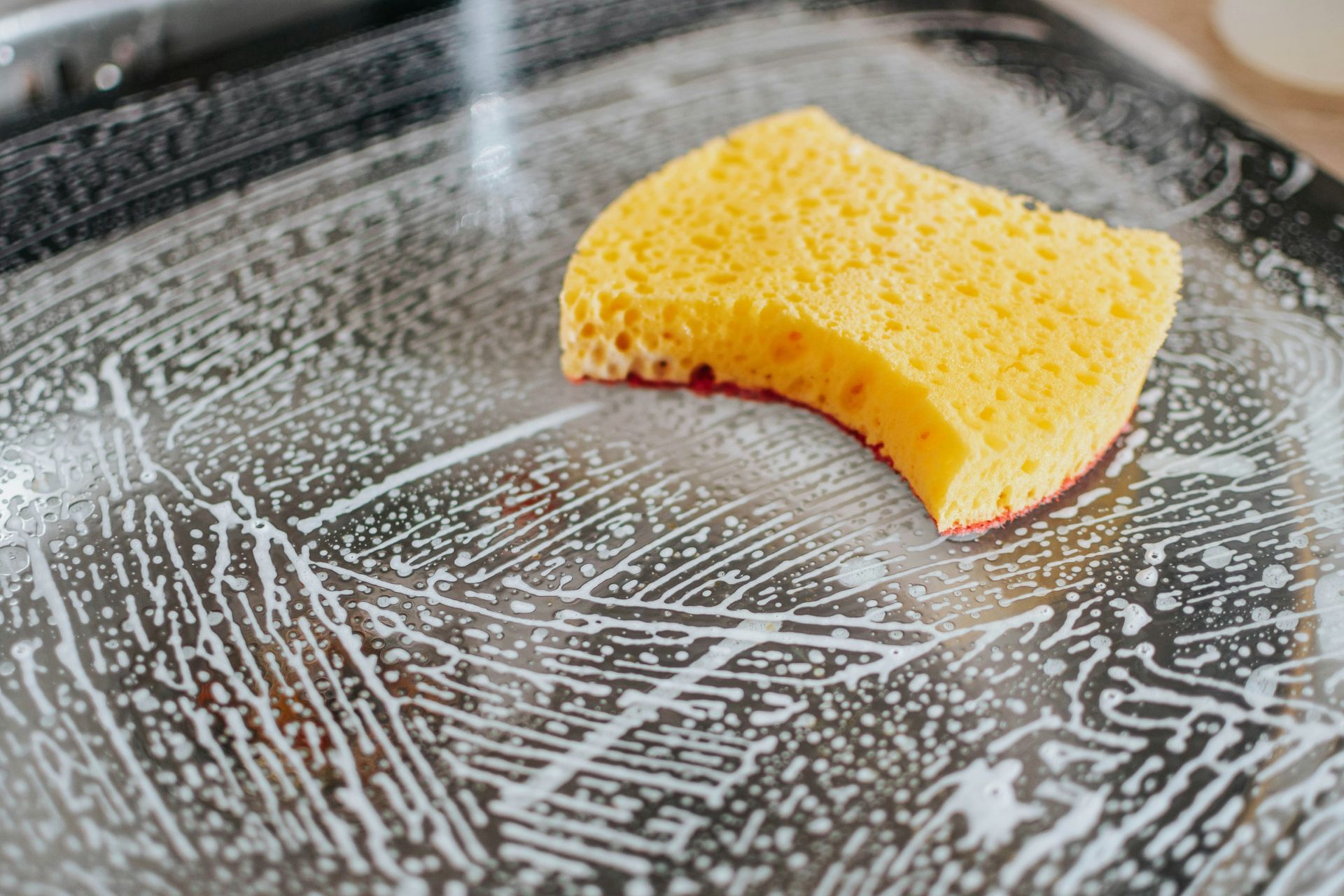
As the season changes and springtime blooms, it's the perfect opportunity to refresh and rejuvenate your restaurant space. Spring cleaning isn't just about tidying up; it's about ensuring a safe, welcoming environment for your patrons and staff. In this blog post, we'll explore some essential tips and best practices for restaurant cleanliness in the springtime. Embrace Deep Cleaning : Spring cleaning is the ideal time to tackle those deep cleaning tasks that may have been neglected during the busier seasons. From scrubbing floors and walls to deep cleaning kitchen equipment, thorough sanitation ensures a hygienic environment for food preparation and service. Focus on High-Traffic Areas : Pay special attention to high-traffic areas such as dining areas, restrooms, and entryways. These areas are prone to accumulating dirt, dust, and germs, making regular cleaning essential for maintaining a pristine appearance and preventing the spread of illness. Refresh Outdoor Spaces : If your restaurant has outdoor seating areas, spring is the perfect time to freshen them up. Clean outdoor furniture, sweep away debris, and power wash outdoor surfaces to create an inviting atmosphere for al fresco dining. Check and Replace Equipment Filters : Don't forget to inspect and replace filters in HVAC systems, refrigeration units, and ventilation hoods. Clean filters help maintain air quality and prevent the buildup of contaminants, ensuring a healthy indoor environment for both customers and staff. Engage Staff in Cleaning Initiatives : Encourage staff members to take pride in the cleanliness of the restaurant by involving them in spring cleaning initiatives. Assign specific tasks and provide training on proper cleaning procedures to ensure consistency and effectiveness. Implement Regular Maintenance Schedule : Establish a regular maintenance schedule to keep up with cleaning tasks throughout the year. By incorporating daily, weekly, and monthly cleaning routines, you can maintain a high standard of cleanliness and prevent the accumulation of dirt and grime. Invest in Quality Cleaning Products : Choose cleaning products that are effective yet environmentally friendly. Look for products that are certified as safe for use in foodservice establishments and follow manufacturer recommendations for proper application and usage. Monitor and Adjust Cleaning Protocols : Continuously monitor cleaning protocols and adjust as needed based on feedback, customer traffic, and changing regulations. Regular evaluation ensures that your cleaning practices remain effective and in compliance with industry standards. Spring cleaning is an essential aspect of restaurant maintenance that goes beyond just aesthetics. By implementing thorough cleaning routines, engaging staff members, and investing in quality cleaning products, you can create a safe, hygienic environment that enhances the dining experience for your customers and promotes a healthy work environment for your staff. As you embark on your spring cleaning journey, remember that ATECH is here to support you with a wide range of cleaning and maintenance solutions tailored to meet the unique needs of your restaurant. Happy spring cleaning!
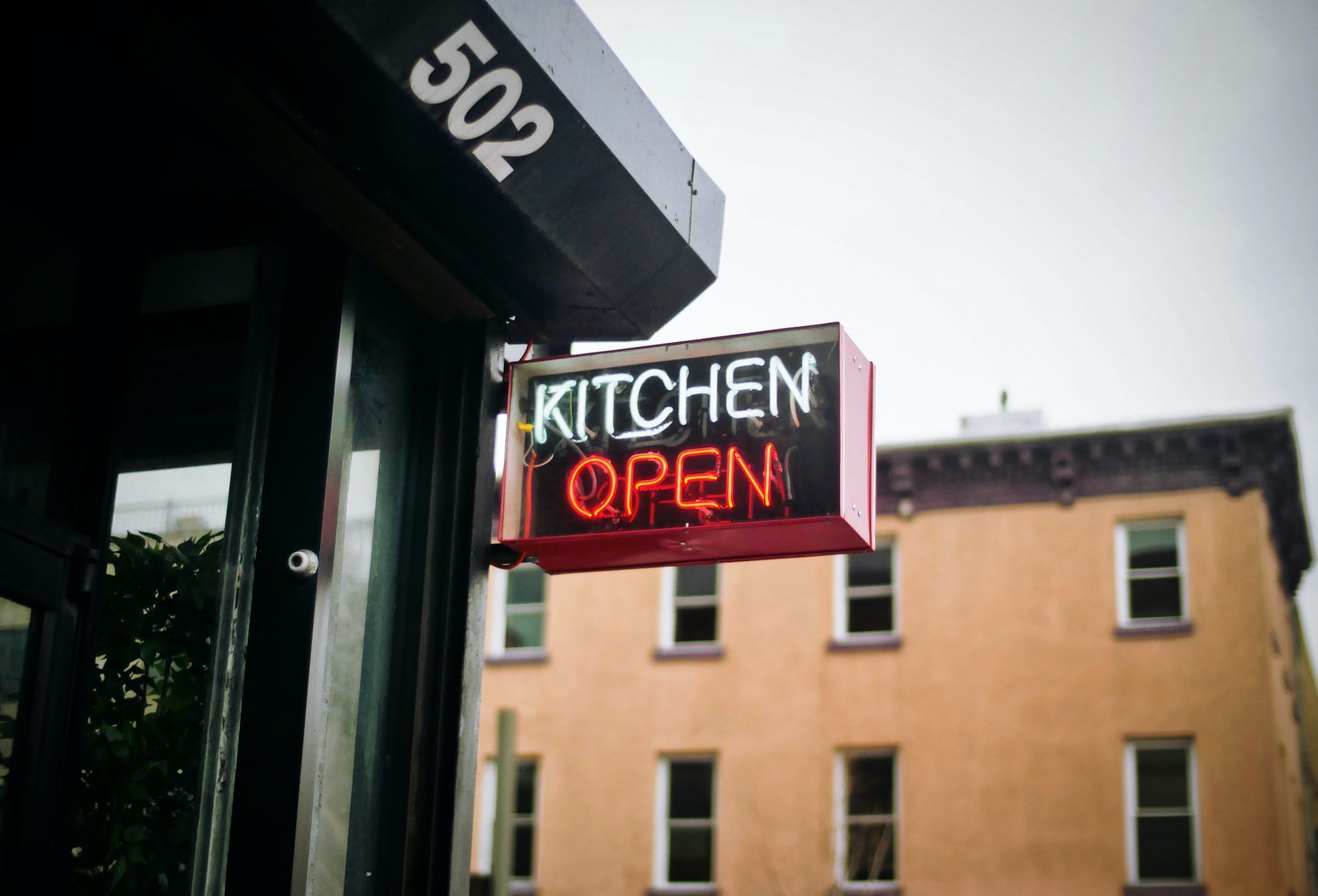
Winter is here, and at ATECH, we understand the unique challenges businesses face in keeping their commercial equipment running smoothly during the colder months. In this comprehensive guide, we'll delve into the strategies, tips, and success stories that can help your business navigate winter effortlessly. From equipment maintenance to emergency services, consider this your go-to resource for mastering winter with ATECH. Winter Equipment Maintenance Tips Checklist for Winter-Ready Equipment: Inspect Seals and Gaskets : Ensure a tight seal to prevent cold air leakage. Check Insulation : Evaluate the insulation of walk-in coolers and freezers. Clean and Sanitize : Thoroughly clean and sanitize all equipment surfaces. Temperature Adjustment : Set optimal winter temperatures for each piece of equipment. ATech Maintenance Tips for Different Equipment: Fryers and Grills : Clean and inspect burners for efficient operation. Ice Machines : Check water lines for insulation and replace filters regularly. Heating Systems : Schedule preventive maintenance to optimize efficiency. Electronic Equipment : Keep spaces well-heated and clean to prevent malfunctions. Businesses often grapple with specific equipment failures that can disrupt operations. ATECH understands the challenges posed by heating system malfunctions, electronic equipment performance, and other issues during the colder months. To tackle these common winter-related failures, businesses should prioritize preventive measures. Regular heating system maintenance checks and air filter replacements can prevent malfunctions. For electronic equipment, maintaining ambient room temperature and conducting routine cleaning are key strategies to ensure optimal performance throughout winter. ATECH's Winter Services: A Lifeline for Your Business Winter demands a proactive approach to equipment maintenance, and ATECH stands as the lifeline for businesses navigating the challenges of the season. Our comprehensive winter services go beyond mere repair and include prompt equipment repairs, planned maintenance, and emergency services. With a commitment to same-day service for urgent winter emergencies, ATECH ensures that businesses can rely on swift resolution during critical times. What sets us apart is our team of factory-trained and CFESA-certified technicians, offering not just reliability but a dedicated partnership to keep your business running smoothly through the coldest months. Trust in ATECH, your lifeline in the winter business landscape. Winter doesn't have to be a season of uncertainty for your business. With ATECH by your side, you have a reliable partner dedicated to providing top-notch equipment repairs and maintenance services. Master winter with confidence, knowing that our comprehensive guide and expert services are here to support your business every step of the way. For personalized winter readiness assessments and expert guidance, contact ATECH today. Let's navigate winter together, and keep your business thriving.



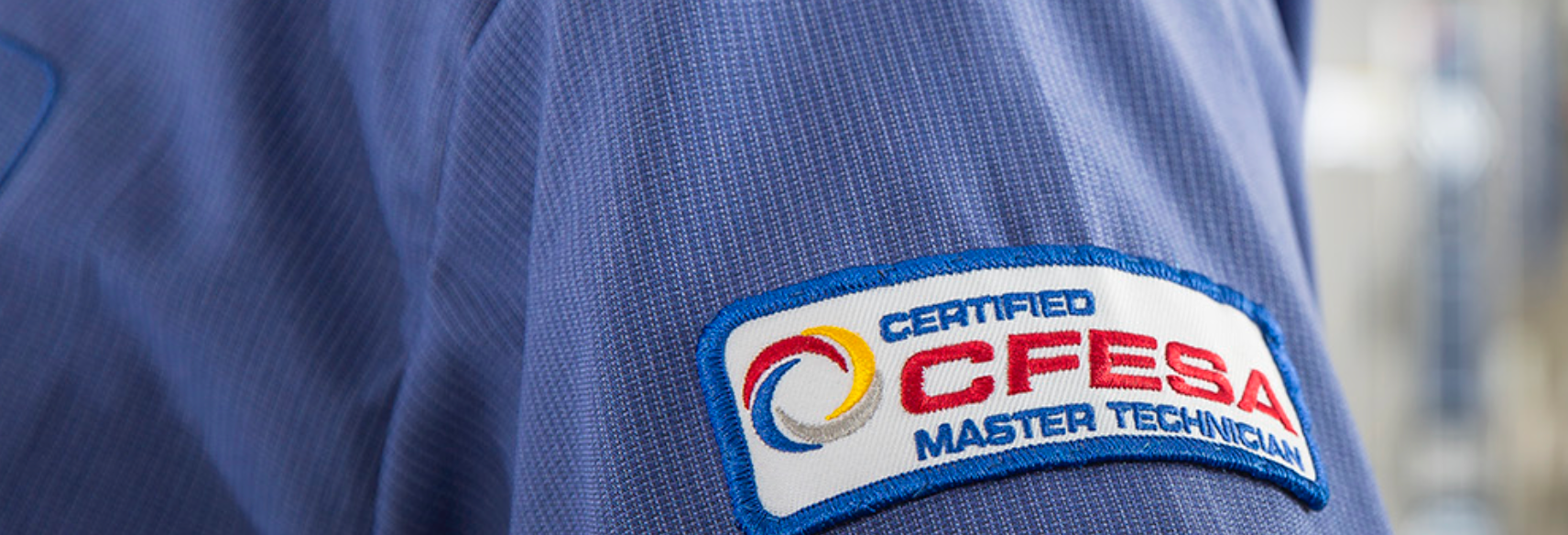

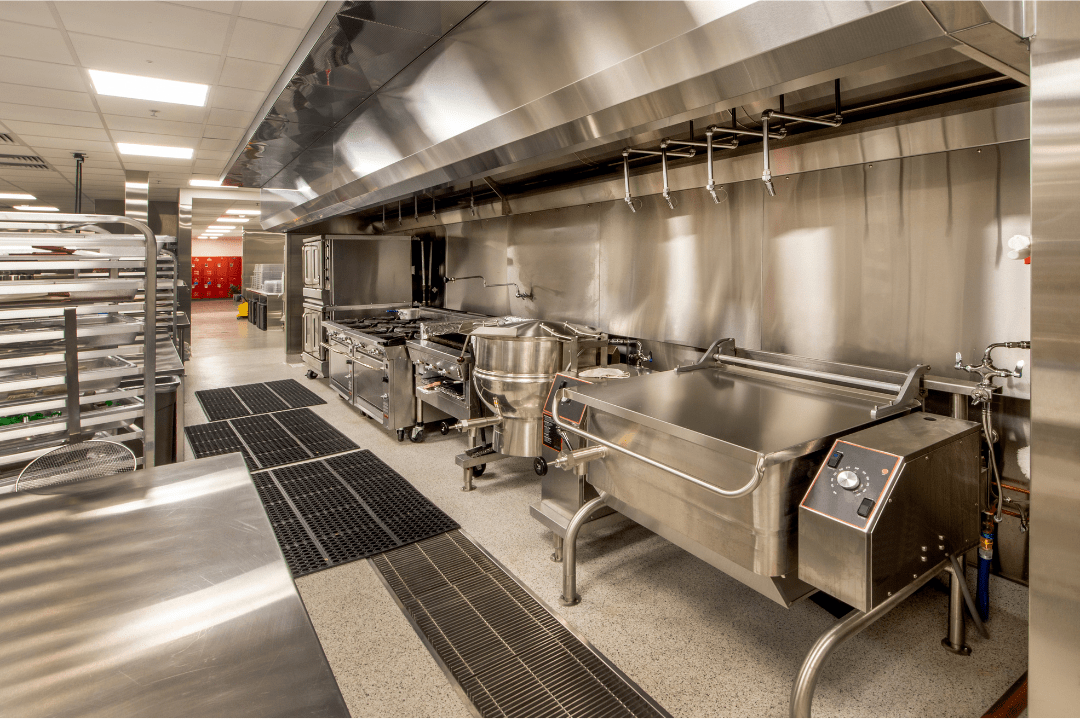
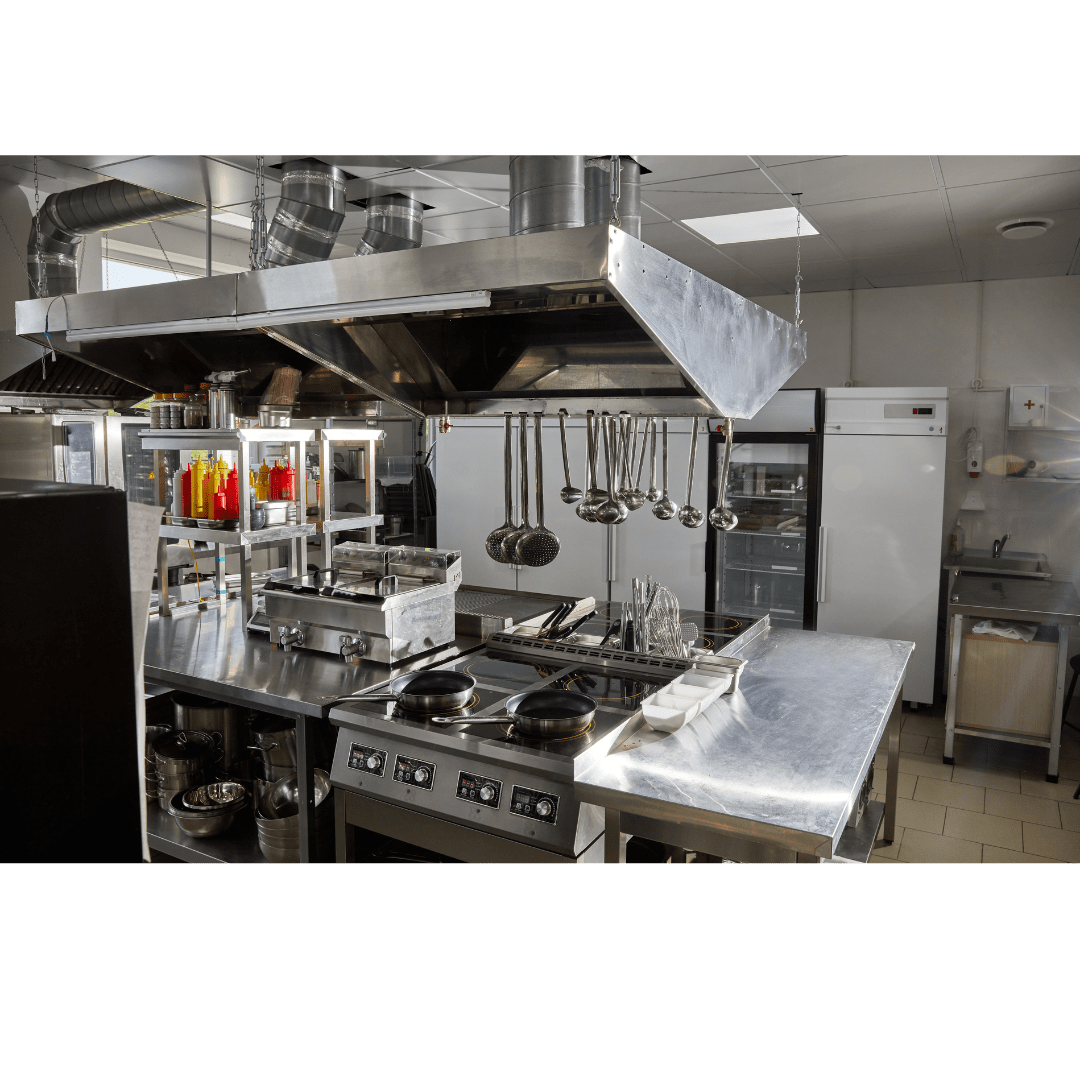


Share On: